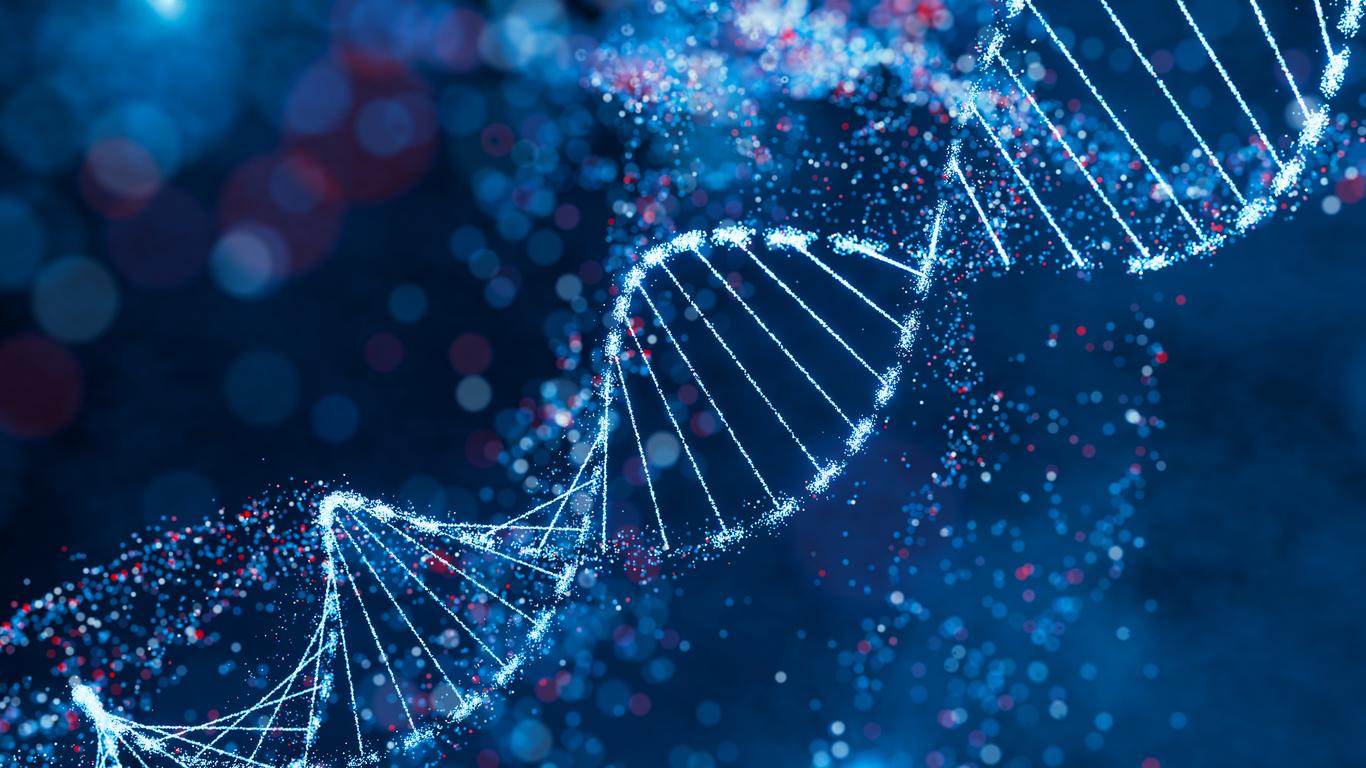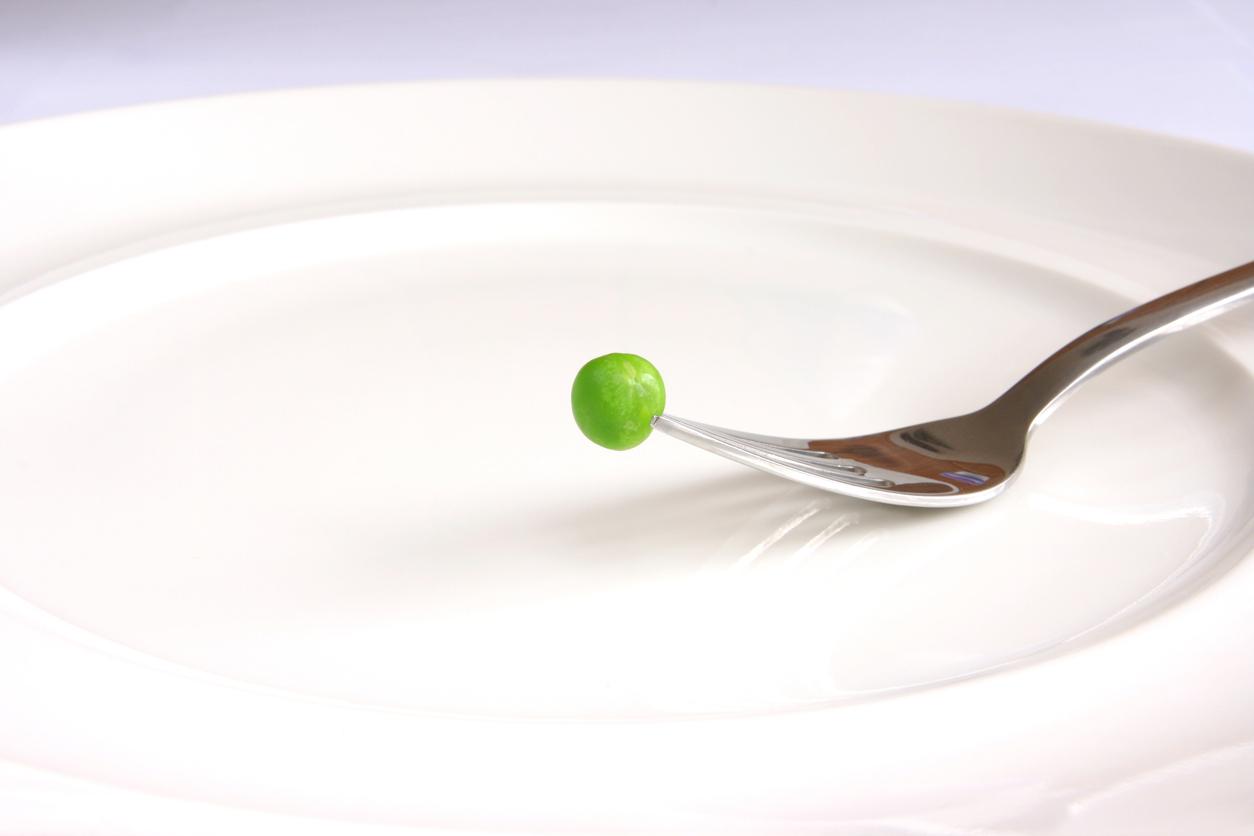What Are the Benefits of the Pegan Diet?
The first benefit of this regime is flexibility. As for dietary benefits, the biggest advantage of the Pegan diet is that it includes whole, unprepared foods such as legumes, small portions of grass-fed meat, low-protein wild fish. mercury, antibiotic and hormone-free eggs and chicken, small portions of low-glycemic whole grains, and lots of fruits and vegetables. In addition, we also encourage products with a low glycemic index and good fats such as Omega-3.
Do we eat a lot of meat on the Pegan diet?
Even if we consume enough protein in the Pegan diet, it is still less than the amount of meat consumed according to the diet. Paleo [régime basé sur le protéine animale maigre, les légumes et les aliments non préparés] and more than that consumed according to the vegan diet [régime à base des plantes qui évite tout produit issu des animaux]. We need less meat than a lot of people realize. Just eat one egg, a few servings of wild fish, and beans a day for the recommended daily amount of protein – and all of these foods are okay on the Pegan diet.
What are the disadvantages of the diet?
In my opinion this diet does not have many drawbacks, especially because it emphasizes the consumption of fruits and vegetables and unprepared foods, without any additives or industrial products. If I had to identify one downside to the diet I would say there is the risk of forgetting to control your portions when following a diet as healthy as this one. Calories do build up anyway, especially from nuts, grains, and healthy fats. Do not overdo it otherwise you gain weight, especially if you tend to store around the waist (if you are the “pear” type).
Thanks to Dr Kristin Kirkpatrick, dietitian at the Cleveland Wellness Institute in the United States.


















